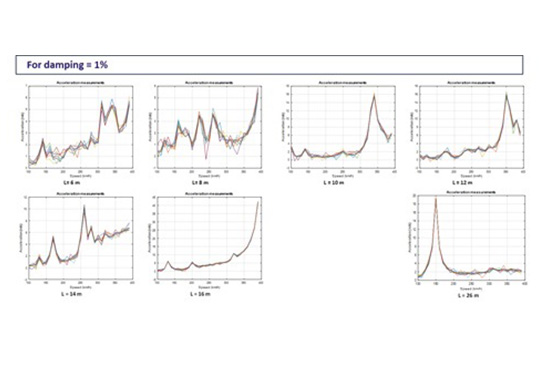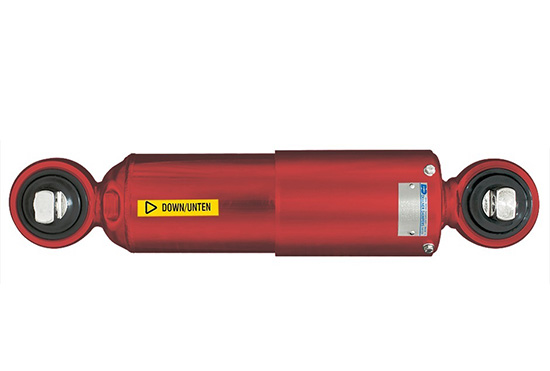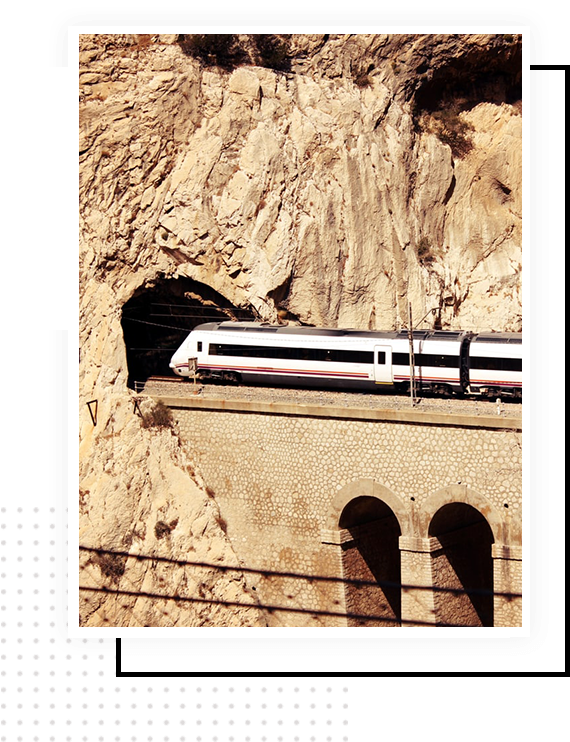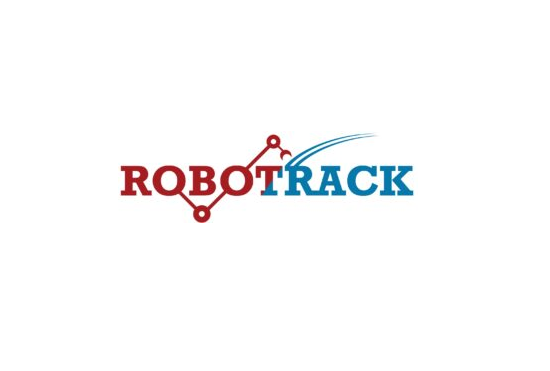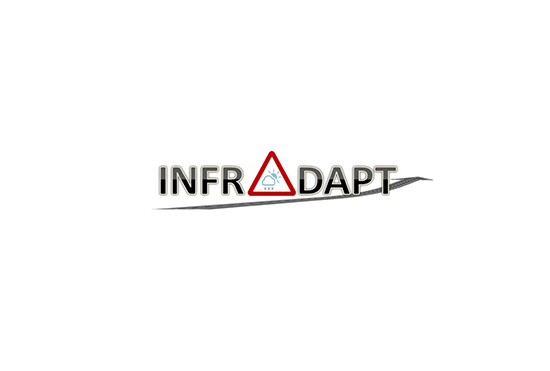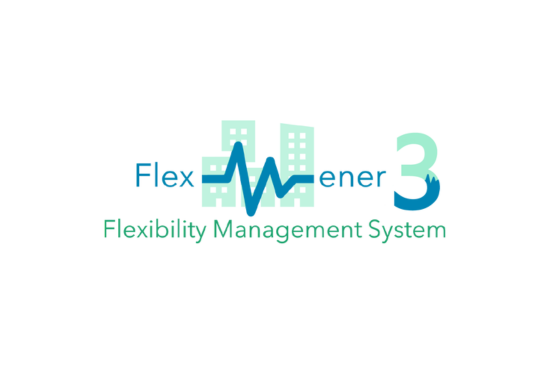
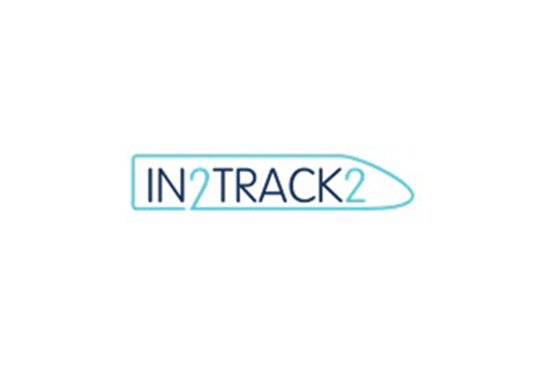
Gallery Info
Description
IN2TRACK2 aims to reduce lifecycle costs, improve reliability and punctuality, whilst increasing capacity, enhancing interoperability and improving the customer experience. The structure of the work plan is designed around the development of a certain number of well-focused technological innovations in several areas (S&C, Track and Structures), each and all together, will contribute to achieve the desired impact at the overall railway system level. The IN2TRACK2 proposal is organised around three technical sub-projects, which are interconnected: S&C, Track and Structures.
- S&C activities aim at both improving the operational performance of existing S&C and providing radical new S&C system solutions that deliver a step-change in performance of the asset.
- The IN2TRACK2 Track activities aim at both exploring new track construction to optimise the today track system and improving the track system substantially to provide a step change in performance.
- The IN2TRACK 2 Bridges and Tunnels activities aim at improving methods and repair techniques to reduce costs, improve quality and extend the service life of structures.
By enhancing S&C, Track and Structures, IN2TRACK2 contributes to all of the expected impacts identified in the Shift2Rail Annual Work Plan 2018.
CEMOSA's role
CEMOSA’s contributions to the project focus on the area of superstructure and bridges and tunnels:
- Development of new environmentally sustainable load-bearing sections for the 3MB slab track that meet all the technical requirements for this type of layer together with its RAMS and LCC analysis.
- Development of BIM methodology for its implementation in maintenance and conservation activities in tunnels.
- Application of probabilistic approaches to the analysis and reinforcement of railway bridges under different technologies such as passive dampers or carbon fibre reinforcements.
- Development of underwater auscultation equipment to carry out bridge pile inspections.
